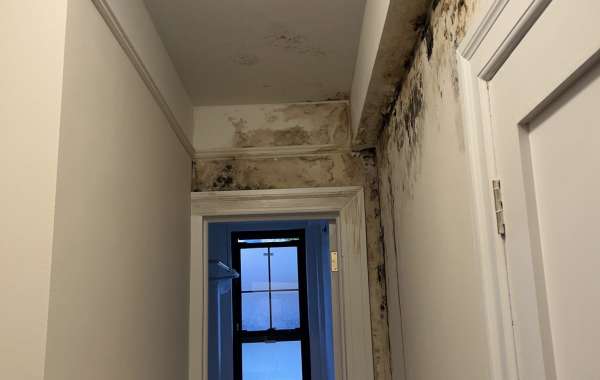Flood damage is a significant concern for many homeowners, especially in areas prone to heavy rainfall or natural disasters. Understanding the causes, effects, and prevention strategies related to flood damage can help individuals protect their properties and minimize losses.
Causes of Flood Damage
Flood damage can result from various factors. Heavy rainfall, melting snow, hurricanes, and storm surges are common causes of flooding. Urbanization also plays a role, as increased pavement and construction can lead to reduced natural drainage. In some regions, dam failures or poor water management can exacerbate flooding. Understanding these causes is crucial for developing effective prevention measures.
Effects of Flood Damage
The effects of flood damage can be devastating. Water can compromise the structural integrity of buildings, leading to costly repairs or even total loss. Additionally, floodwaters often carry pollutants and debris, posing health risks to residents. Homeowners may face extensive damage to personal belongings, electrical systems, and essential services like heating and cooling. Furthermore, the emotional toll on families displaced by flooding can be significant, impacting their overall well-being.
Prevention Strategies
Preventing flood damage requires proactive measures. Homeowners should consider elevating their properties, installing sump pumps, and maintaining proper drainage systems to manage water flow. Creating a comprehensive emergency plan and keeping an emergency kit can also prepare families for potential flooding events. Additionally, investing in flood insurance can provide financial protection against the costly impacts of flood damage.
Conclusion
Understanding flood damage is essential for homeowners in vulnerable areas. By being aware of the causes, recognizing the potential effects, and implementing effective prevention strategies, individuals can protect their homes and mitigate the risks associated with flooding. Taking proactive steps can make a significant difference in safeguarding properties and ensuring the safety of residents.




